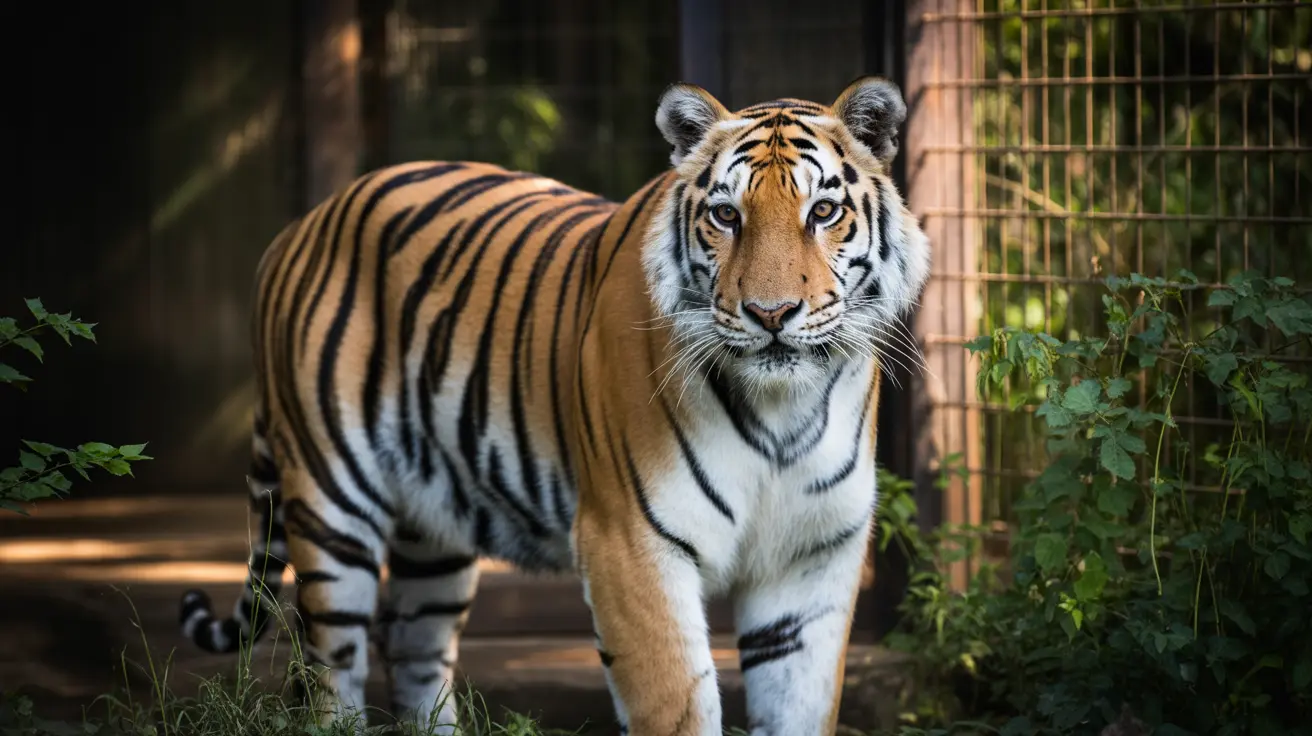How to Tell If Your Cat Is a Nebelung
Identifying whether your cat is a Nebelung can be both exciting and challenging due to the breed’s rarity and resemblance to its close relative, the Russian Blue. Developed in the 1980s in the United States, the Nebelung is a distinct breed renowned for its unique appearance and gentle disposition. Here's a comprehensive guide to help determine if your feline friend might be a Nebelung.
1. Coat and Color
- Silvery Blue-Gray Color: The most distinguishing feature of a Nebelung is its solid blue-gray coat with a shimmering silver sheen, especially at the tips.
- Medium-Long Double Coat: Their fur is longer than that of Russian Blues, with a soft, silky double-layer. Males have more pronounced ruffs around their necks and britches on hind legs.
- Slow Development: The full coat appearance develops gradually and may take up to two years to fully mature.
2. Physical Characteristics
- Size and Build: Nebelungs are medium-sized cats weighing between 10 and 15 pounds, approximately 14–16 inches in length.
- Green Eyes: Large, almond-shaped, vivid green eyes are standard in mature Nebelungs. Kittens may have yellow or amber hues that change over time.
- Ear and Tail Features: Tufted ears and long, plumed tails are trademarks, adding to the Nebelung’s ethereal appearance.
3. Temperament and Personality
- Reserved Around Strangers: Nebelungs are typically shy or aloof with unfamiliar people.
- Affectionate and Loyal: Once bonded, they are extremely devoted and affectionate, often described as dog-like in loyalty.
- Quiet and Intelligent: Preferring calm, structured environments, Nebelungs are known for their intelligence and playfulness, enjoying mental stimulation.
- Strong Bonding: They usually form deep attachments with one or two members of the household.
4. Grooming and Care
- Low Shedding: Despite their long coats, they shed minimally. Weekly brushing helps prevent matting and keeps their coat healthy.
- Routine Maintenance: Regular nail trimming, dental hygiene, and veterinary checkups are recommended.
- Active Engagement: Leash training, toys, and puzzles suit their curious and intelligent nature.
5. Genetic Background
The breed originated with two kittens, Siegfried and Brunhilde, from a black domestic shorthair and a blue domestic longhair resembling Russian Blues. Recognized by several organizations, including TICA and ACFA, the Nebelung was granted championship status in 1997. The name derives from the German word “Nebel,” meaning mist, highlighting their foggy-hued coats.
6. Health and Longevity
- Overall Health: Nebelungs are generally healthy with lifespans of 15 to 18 years.
- Common Issues: While not predisposed to specific genetic conditions, they can encounter typical feline ailments like vomiting, asthma, and kidney or gastrointestinal disorders.
- Routine Helps: Adhering to consistent daily routines aids their mental and physical wellbeing, as they may experience stress from environmental changes.
7. Suitability and Living Environment
- Ideal for Quiet Homes: They flourish in serene households and are not typically suited for noisy or high-traffic living environments.
- Companionable: They get along with calm children and other pets but may hide when visitors arrive.
- Not Hypoallergenic: The breed isn’t hypoallergenic, so allergy sufferers should be cautious.
8. Recognition and Rarity
- Breed Recognition: Accepted by multiple cat associations such as TICA, ACFA, and ACF.
- Global Rarity: Breeders are limited and mainly found in the U.S., Europe, Russia, and Australia. They are rarely available in shelters.
- Media Features: The breed has appeared on media platforms like Animal Planet’s “Cats 101.”
9. Name Inspirations
Because of their Germanic moniker, names such as Kurt, Emil, Fritz, Otto, and Greta are often popular among Nebelung owners, reflecting their heritage.
Conclusion
If your cat fits many of the characteristics listed above — particularly the silvery blue coat, green almond eyes, reserved yet loyal behavior, and structured build — it’s possible you may have a Nebelung. For confirmation, consider consulting a vet or a reputable breeder for a professional assessment. Owning a Nebelung can be deeply rewarding for those who can provide calm, consistent homes and enjoy a quiet but devoted feline companion.





